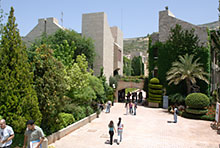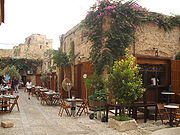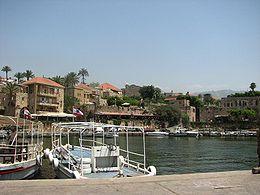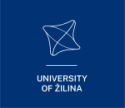
Social Programme
Lunches and Conference Dinner
All lunches and Coffee breaks will be taken at the Lebanese American University.
The conference dinner will be held outside the University. More info to follow.
Visit to Byblos

|
On the last day of the conference sessions will be held at the Lebanese American University Campus in Byblos, which is an UNESCO World Heritage site, followed by a tour of the historical Phoenician city before returning in the late afternoon, to Beirut. |
|
Byblos is one of the top contenders for the "oldest continuously inhabited city" award. According to Phoenician tradition it was founded by the God El, and even the Phoenicians considered it a city of great antiquity. Although its beginnings are lost in time, modern scholars say the site of Byblos goes back at least 7,000 years. |
|

|
Today Byblos (Jbeil in Arabic) on the coast 37 kilometers north of Beirut, is a prosperous place with glass-fronted office buildings and crowded streets. But within the old town, medieval Arab and Crusader remains are continuous reminders of the past. Nearby are the extensive excavations that make Byblos one of the most important archaeological sites in the area. |
More information about Byblos can be found on these websites:












